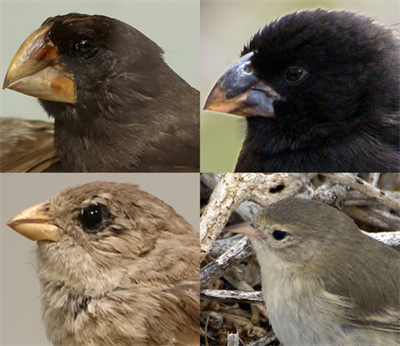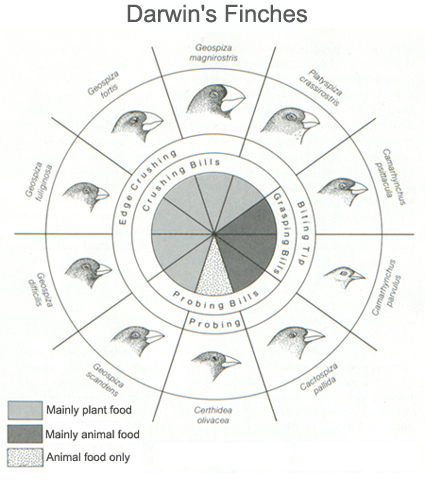PDF chapter test TRY NOW
3. Variations:
The environment is constantly changing. It's always changing. Hence, adaptation to changing environmental conditions by living organisms is a must. As a result, the colour, form, structure, and function of a species' organisms change.
These changes are known as variations. Small variations are important for evolution. In the long run, organisms with these variations have a better chance of surviving in the struggle for survival.
According to Darwin, these variations are gradual (continuous); those variations which increase the rate of survival (favourable variations) of an organism would be passed on to their offspring, and the others which are harmful or useful (unfavourable variations) would disappear.
Important!
The types of variations will be discussed in the later parts of the topic.
Only the organisms that overcome the challenging situations that prevail during the struggle survive and adapt to the new prevailing environment. The organisms unable to survive in these challenges are unfit to survive and, hence, become extinct (survival of the fittest). This selection of organisms by the environment is known as natural selection.
The process of selection of organisms with favourable variation is called as natural selection.
5. Origin of species:
The favourable variations are passed down across the generations when the progeny inherits them. Many such favourable variations accumulate gradually over generations, eventually resulting in animals with completely different characteristics from the initial organisms. This eventually leads to the emergence of new species, and the process is known as speciation.
He explained them clearly with the help of the finches (species of birds), which he observed on the Galápagos Islands.

Finches from Galapagos Archipelago
Hence, these birds are popularly known as Darwin’s finches. These birds were initially seed-eaters, as their beaks were designed to eat seeds. Later, they switched to consuming insects as a source of food. Finches on different islands have evolved different beak modifications based on the type of food available on those islands. This type of evolutionary trend resulted in new bird species that were better suited to new habitats and lifestyles (adaptive radiation).

Variations in the beaks of finches based on the food cosumption
Reference:
https://commons.wikimedia.org/wiki/File:Darwin%27s_finches.png
https://www.flickr.com/photos/writingprogramptw/5131915179
